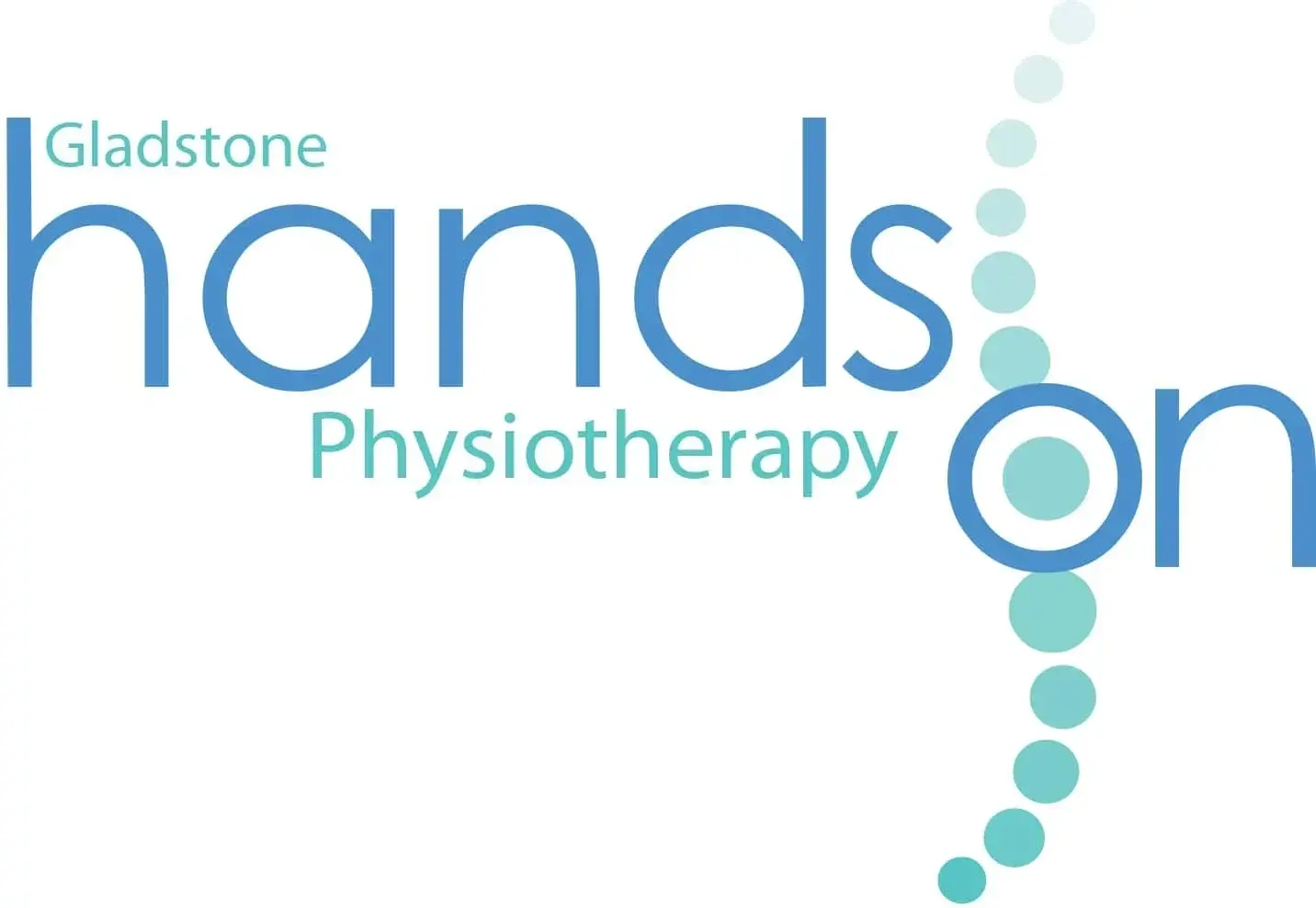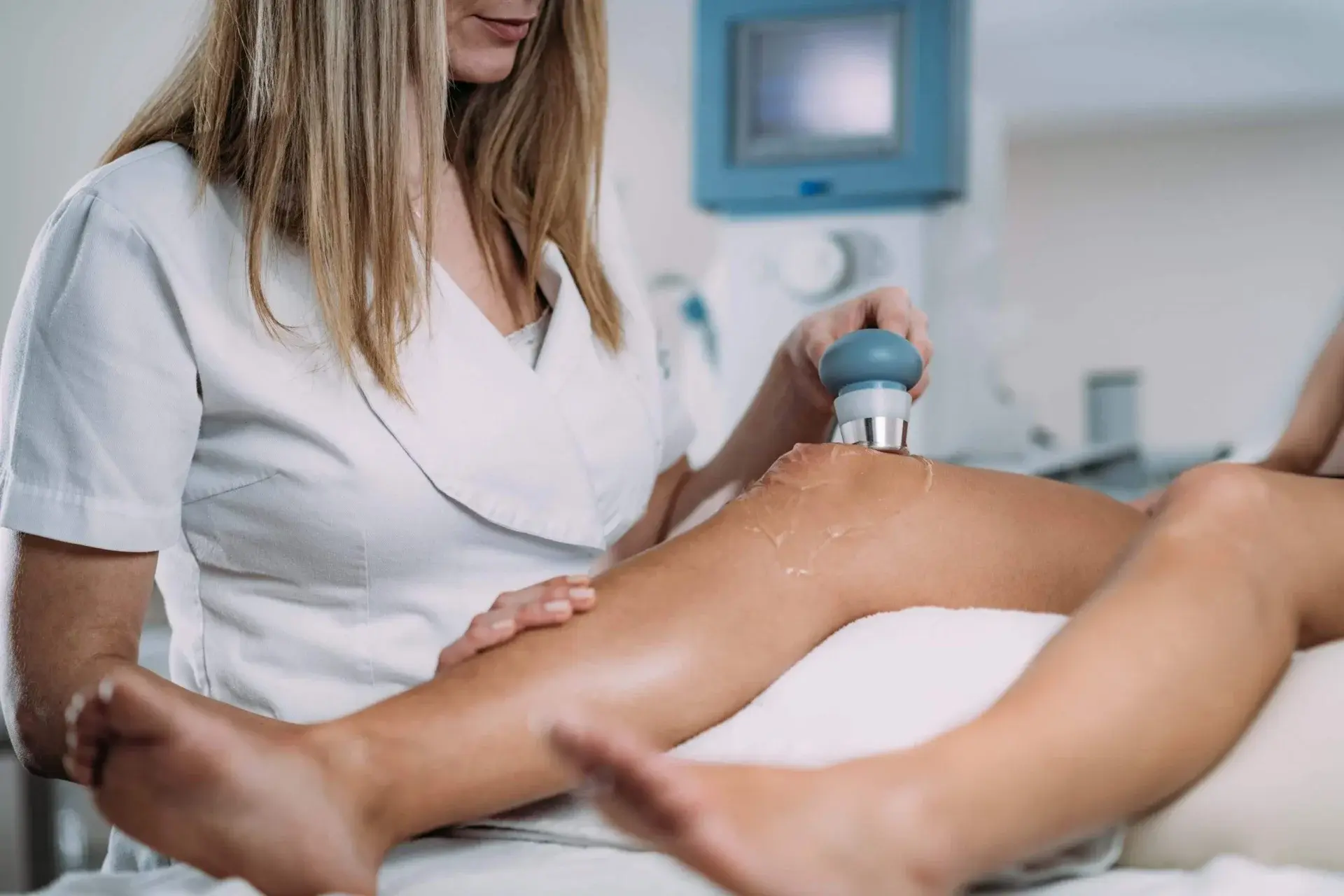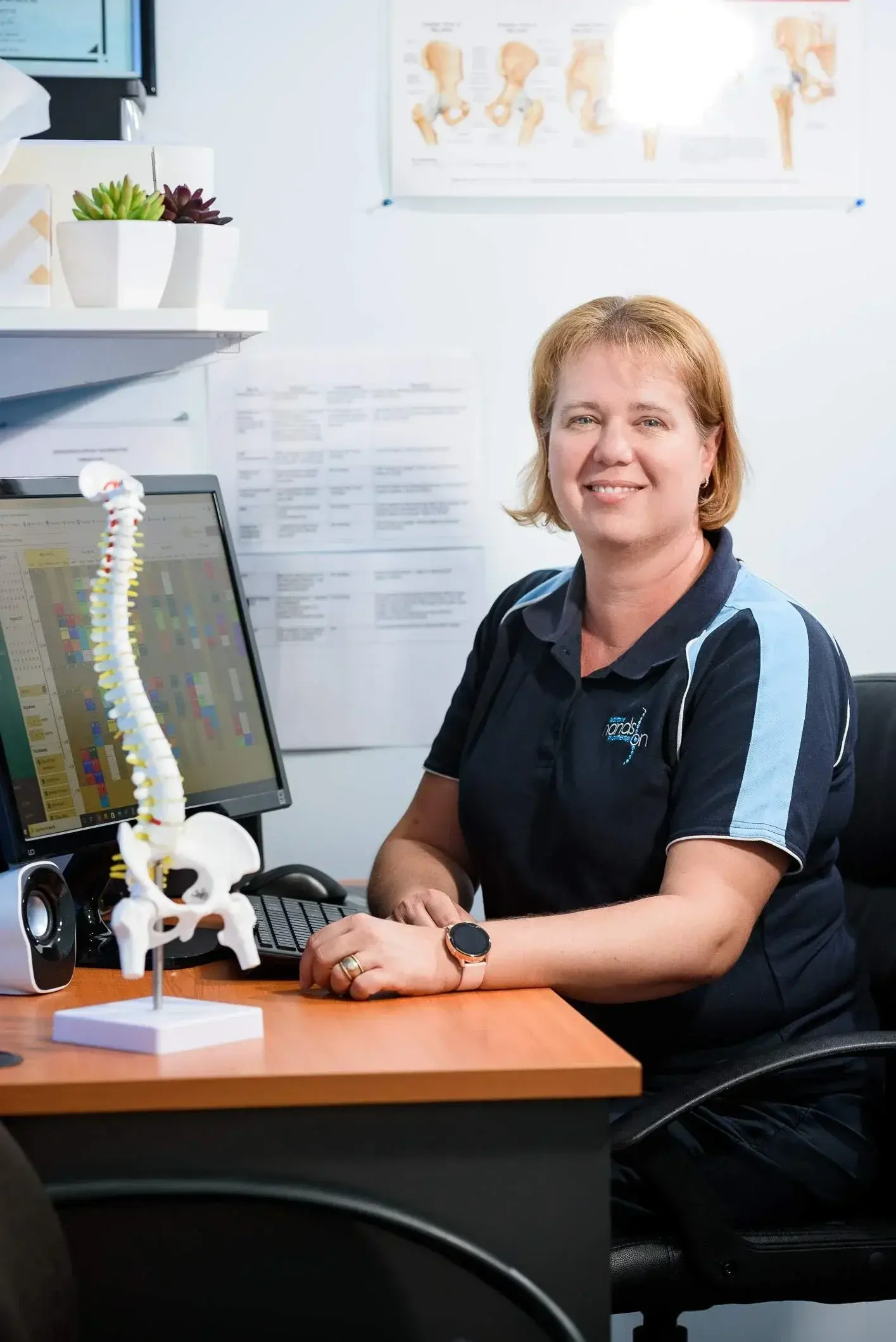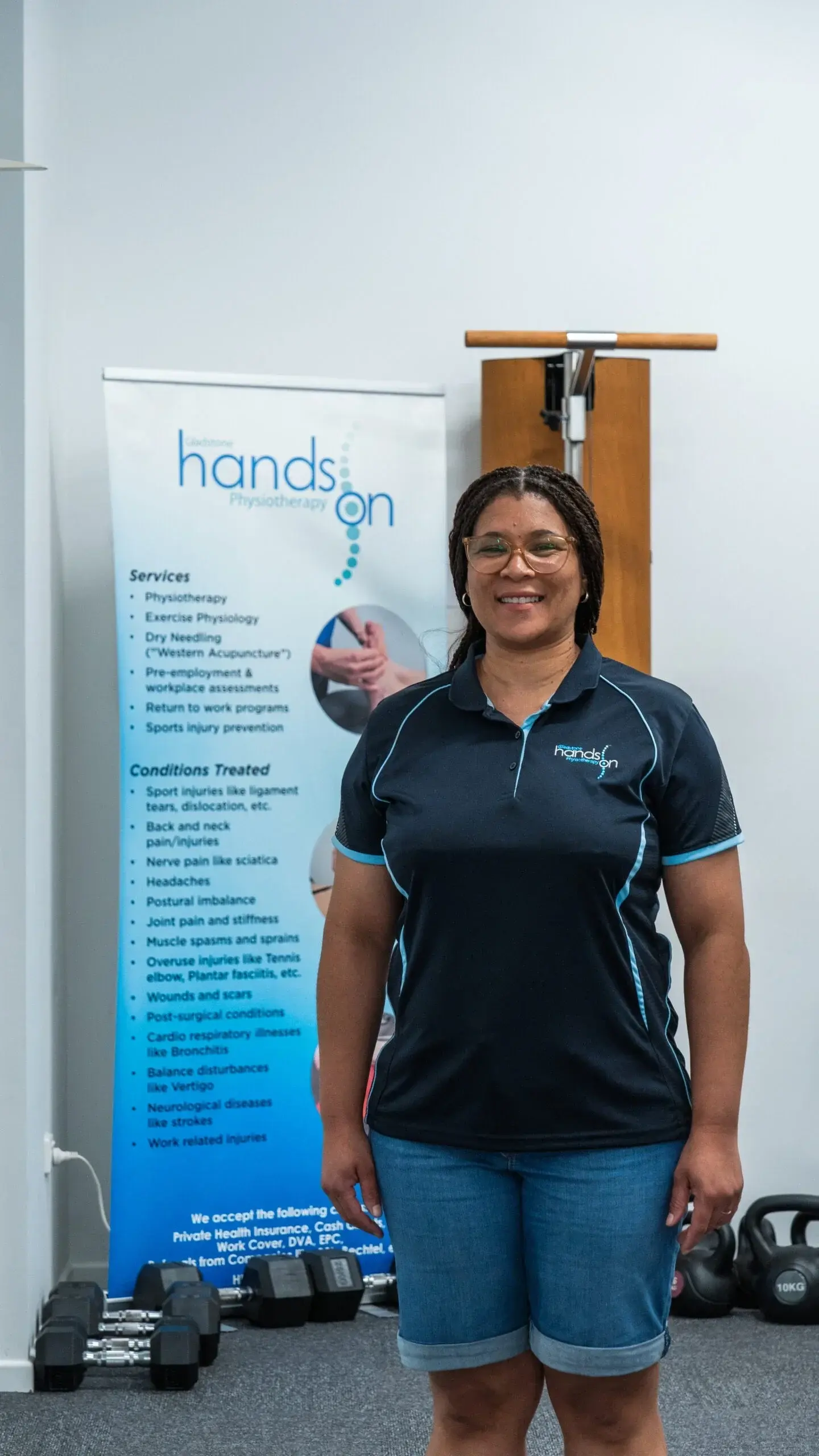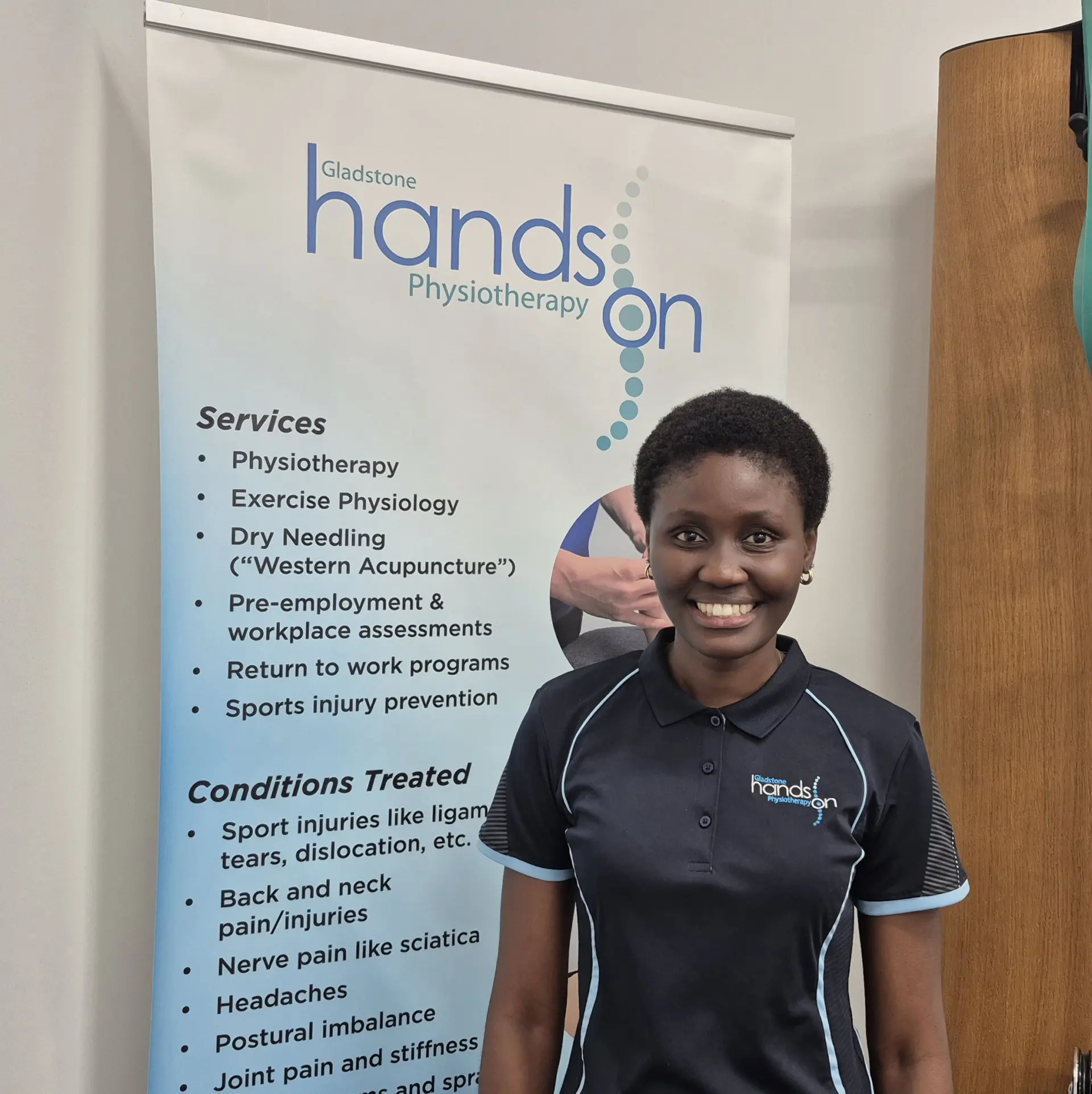What is Ultrasound Therapy?
Ultrasound therapy is a treatment involves using a transducer head to generate sound waves to penetrate soft tissues. These sound waves cause microscopic vibrations in deep tissue molecules, resulting in an increase in heat and friction. The warming effect stimulates healing in soft tissues by increasing metabolism at the cellular level. Physiotherapists use ultrasound to promote tissue healing and reduce pain.
What are the uses of Ultrasound Therapy?
There are two main types of Ultrasound Therapy – thermal and mechanical.
The difference between the two types is the rate at which the sound waves penetrate the tissues. Thermal ultrasound therapy uses a more continuous transmission of sound waves. This form of ultrasound therapy is generally used for myofascial pain, strains, or sprains.
Mechanical ultrasound therapy uses pulses of sound waves to penetrate tissues. While mechanical ultrasound still has a minor warming effect, it also causes expansion and contraction in tiny gas bubbles in soft tissues. This reduces the inflammatory response, which decreases swelling and eases the pain. For scar tissue or swelling, like with carpal tunnel syndrome, mechanical ultrasound may work better.
How is Ultrasound Therapy performed?
Your physiotherapist will apply a gel to the transducer head or to the skin of the area that needs treatment. The gel is necessary for the sound waves to evenly penetrate the skin. During your ultrasound therapy treatment, your therapist will continually move the transducer head over and around the selected area. Treatment time is usually anywhere from five to 10 minutes, depending on the size of the area needing treatment.
Is ultrasound painful?
No, it does not cause any pain.
What are the therapeutic effects of Ultrasound Therapy?
The application of ultrasound to injured tissues accelerates the rate of healing and enhances the quality of the repair. By heating and relaxing the muscles, fascia, ligaments and tendons, ultrasound therapy will improve local blood flow and break down scar tissue. All of this adds up to increase healing rates in the area, thus making it an appropriate way to speed up slow-healing or chronic issues and chronic inflammatory states.
Which conditions can be treated by ultrasound?
- Sprains and strains
- Osteoarthritis
- Myofascial pain syndrome
- Bursitis
- Carpal tunnel syndrome
- Pain caused by scar tissue
- Swelling or Oedema
